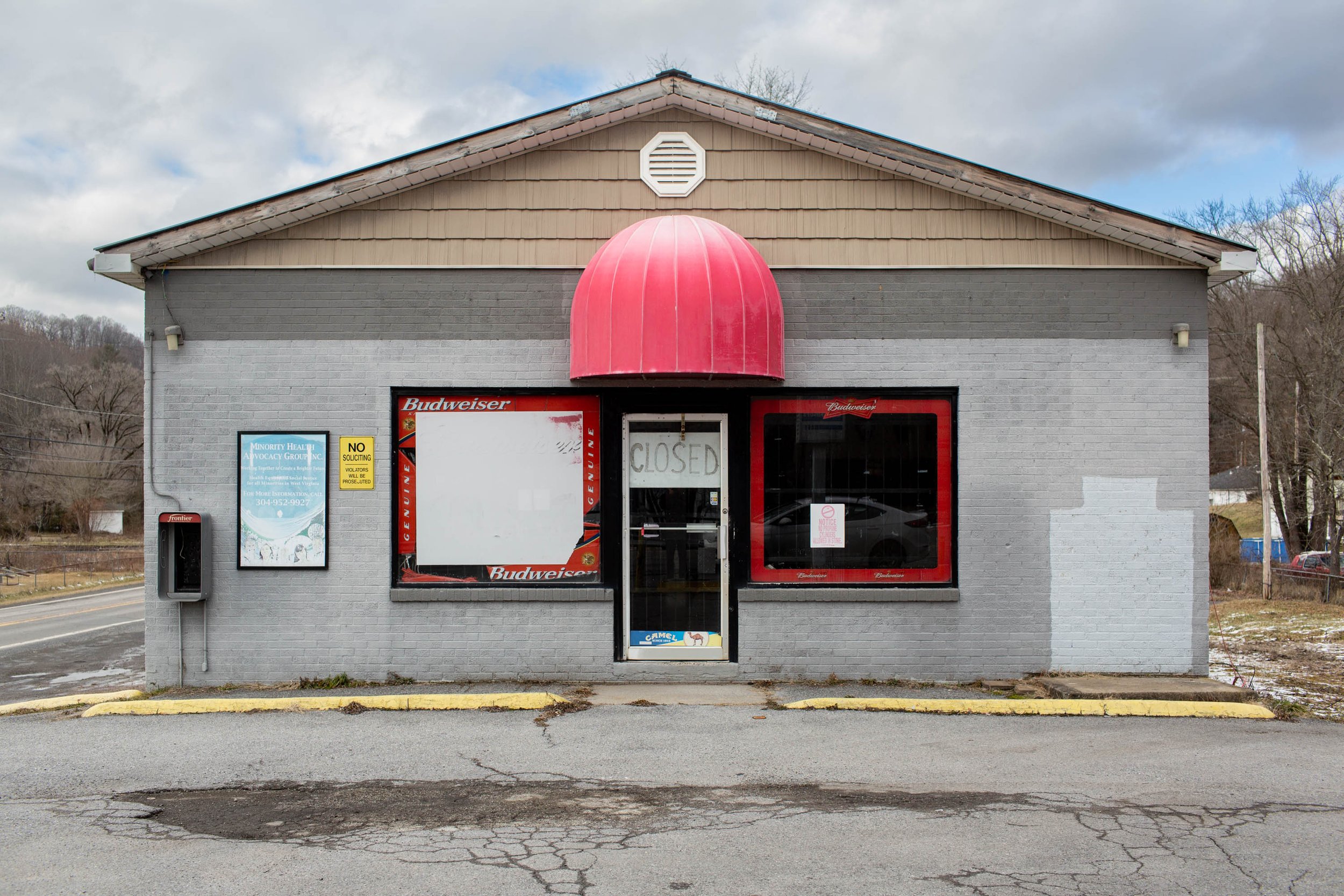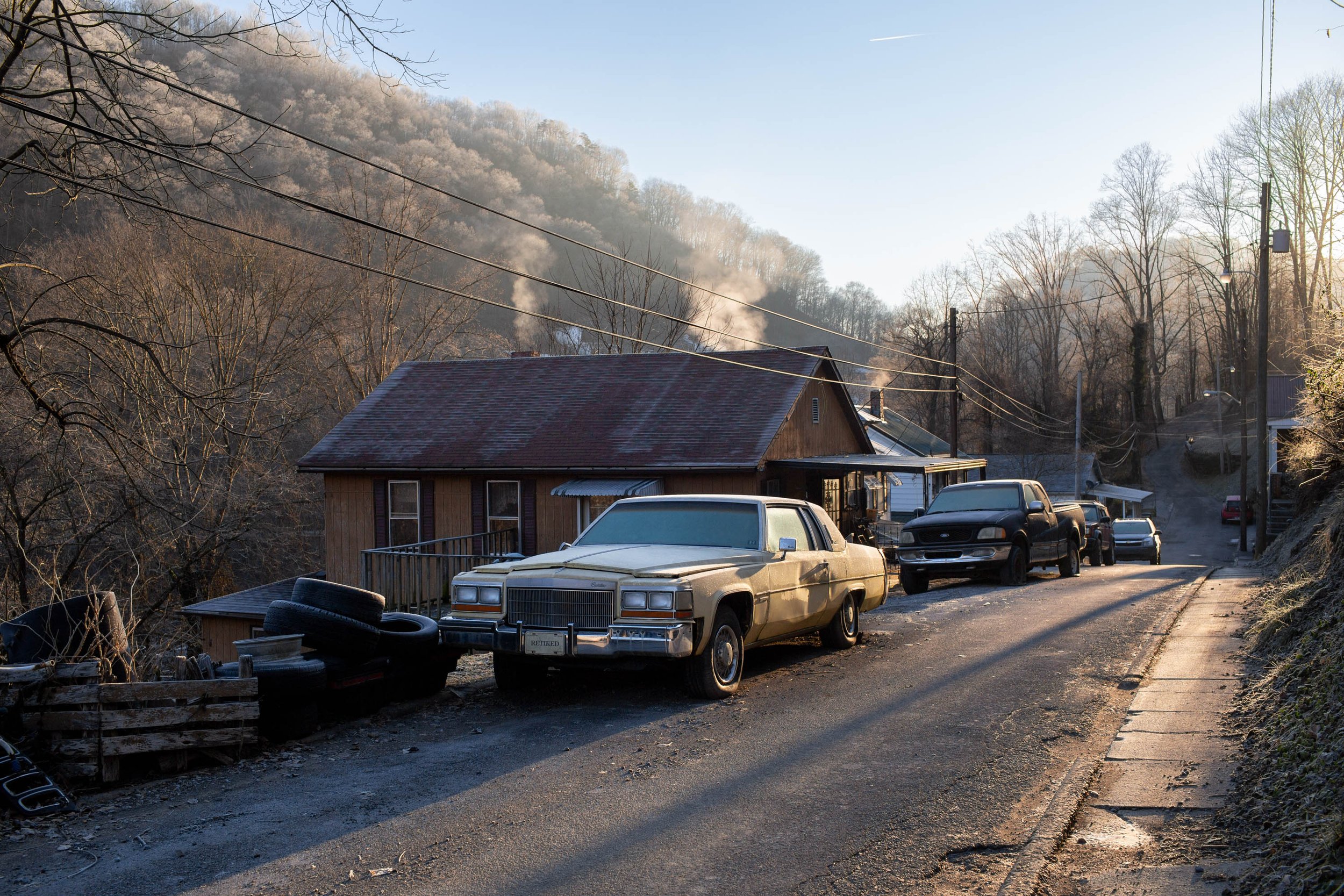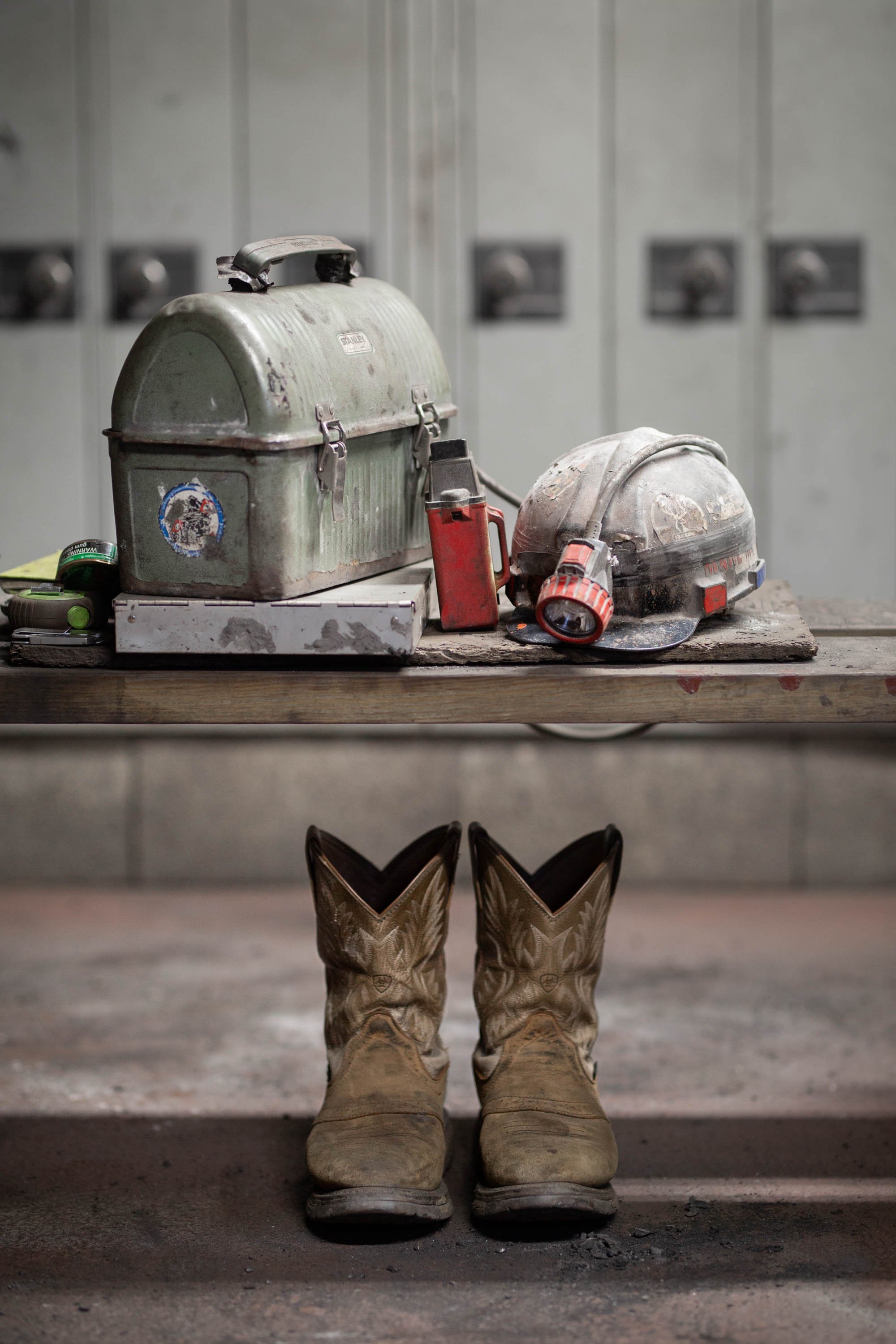When standing by a fresh coal seam, measures to tackle climate change seem very far away, but it is the workers that feel their impact first.
Dirty Job (2017–2022) is a documentary photo story depicting life in coal mines in the US and on Finnish peat bogs. It tells the story of people who work at the forefront of the green transition.
For a century, coal and peat have shaped lives in rural areas. For fossil fuels, people have moved mountains and drained boglands, risking the well-being of the environment and humans in the process. Communities have been built and families have been started on coal and peat.
Over the past couple of decades, the coal industry has gradually withered and not even a profound fossil fuel advocate President Trump could bring it back. Finland’s peat sector has experienced a similar fate, with production dropping three quarters in the past couple of years. Professions that used to be highly respected are now looked down on.
We view the time limits set for carbon neutrality from totally different perspectives. While for some they are a milestone that mark the achievement of sustainability, for those who are personally affected by these decisions, they are deadlines before which peatlands and machines must be made the most of.
As necessary policies designed to stave off climate change are putting an end to the use of fossil fuels, communities are left to face an uncertain future. The old way of life is disappearing faster than a new one can emerge, and the transition is painful.
Publications:
Dirty Job exhibition open now at The Finnish Labour Museum Werstas 3.2.-6.8.2023
Non-fiction book Dirty Job – the winners and losers of climate policies (Likainen työ – ilmastopolitiikan voittajat ja häviäjät) out now. The book combines investigative journalistic articles and photojournalism to explore local problems from a global perspective. It takes the reader to peatlands, coal mines and a meeting room of a carbon offsetting company to see what the world looks like from the opposite perspectives of the green transition.

A bogland is sliced in two by a newly dug ditch in Mustakeidas, western Finland. The bogland is drained of water as it’s being prepared for peat production. Karvia, Finland, July 2019.

Clouds of dust rise from the peat as it is cut into oblong blocks from the bog surface by a purpose bult machine attached to a tractor. Such blocks are burnt in small heat plants. Jalasjärvi, Finland, July 2021.

Second-generation peat entrepreneur Timo Pyykkö harvests milled peat in Valkeasuo at night. Peat can only be harvested in dry weather, so many companies work around the clock during times when weather conditions are right. Tohmajärvi, Finland, July 2021.

Hyypiänvaara’s observation tower in North Karelia was used for keeping an eye out for any fires on the peatlands. Peat’s high coal content makes it highly flammable when dry, and any fires are hard to put out. The tower was demolished in summer 2022. Joensuu, Finland, July 2021.

Peat workers Juhani Frimodig (left), Ossi Frimodig and Jari Purho in the Kiikunsuo peat extraction area. Kouvola, Finland, July 2021.

A painting on the side of a lorry, emulating Eero Järnefelt’s Finnish classic painting "Burning the Brushwood", that depicts the working poor of the late 1800’s. Joensuu, Finland, August 2019.

Vilja Kahilakoski worked a summer job driving a tractor at Palloneva peat production site. “I love it over anything else” she said of her job. Kurikka, Finland, June 2022.

A former machining hall of the national fuel company Vapo, that used to run the peat industry in Finland. The hall is now owned by a private peat entrepreneur. Tohmajärvi, Finland, August 2019.

Hereford cattle grazing on Jussi and Paula Harju’s former peat extraction lands. The Harjus’ company also produces peat bedding used in livestock farming, which it sells to local companies. Peat fields produce more than half of all agricultural emissions, even though they account for only 10 percent of the arable land. The emissions are equal to those of passenger car traffic in Finland. Teuva, Finland, July 2021.

Peat entrepreneur Jussi Harju had just started peat production at the Ritaneva bog when the demand for peat dropped drastically. Ritaneva could be used for peat extraction for 15 years or more. Teuva, Finland, July 2021.

Paula, Jussi and Patrik Harju having lunch at home. Teuva, Finland, July 2021.

The ”Porcupine”, a small wood collector manufactured by Vapo on the Kirkkosuo bog. Peat extraction requires many machines not suitable for any other job. All of these machines were manufactured in Finland by a hand full of local companies. Kitee, Finland, August 2019.

Peat contractor Jussi Harju lost one of his fingers in an accident involving a peat machine. Teuva, Finland, June 2022.

Peat entrepreneur Risto Kokko rowing a boat on a pond created from water drained from the adjacent peat bog. The nutritious water is cleaned in sediment basins, so that the nutrients don’t contaminate surrounding water systems. Emissions to water systems by peat production has been a long debated issue though. Kokko uses the pond for recreational purposes to show that water from his peat production areas is clean. Kokkokylä, Finland, August 2019.

Taisto Polvi has worked as a peat entrepreneur in Loukaskeidas for more than 40 years. Karvia, Finland, July 2021.

Taisto Polvi has decorated his office walls with pictures of his worksites. Over the years, production machines have caught fire and got stuck in the bog. Karvia, Finland, July 2021.

A partly abandoned business and residential building from the 1950s in North Karelia. Tohmajärvi, Finland, July 2021.

Jarmo Nummikoski is milling peat in Lammasneva, Teuva around midnight. Peat milling gives rise to dust, which can be spread to the surroundings by wind. Nummikoski works at night when there is no wind. Teuva, Finland, July 2019.

A clamp of peat steaming in sub-zero conditions. Roughly half of peat is coal. When in contact with air, a slow burning reaction takes place. It has been calculated, that due to this reaction a few millimeters of peat evaporates from a drained bog every year. Punkalaidun, Finland, December 2019.

Peat entrepreneur Markku Nummijoki standing on a clamp of peat in Lammasneva’s peat production area. Nummijoki harvested peat for the state-owned company Vapo until his contract was terminated at the end of summer 2019. Teuva, Finland, July 2019.

Coal mining industry flourished in West Virginia in the 19th century when a network of railroads was built through the Appalachians. Coal trains that strech for kilometres transport coal from the mining areas to power plants and harbours. Superior, West Virginia, April 2018.

Will Miller is a fourth-generation coal miner. He started working at the mine straight after finishing high school in 2010 and has worked for the same company ever since, advancing from an entry-level position to section boss. West Virginia, April 2018.

Cory Hale says goodbye to his partner Brianna McDaniel and Xavier before his night shift at the mine. As mining work underground is dangerous, it’s highly stressful for the families of workers. Carswell, West Virginia, November 2018.

Workers waiting for their evening shift to begin by the entrance to the underground mine. The mine is in operation round the clock West Virginia, January 2019.

Mine foreman Chad Riffe and section boss Roy Brown at the EDM No.1 mine. The mines are pitch black. Vehicle lights and head torches are the only sources of light. Welch, West Virginia, January 2019.

As recently as the 1950s, McDowell County in southern West Virginia was a prosperous region with a population of 100,000, producing more coal than any other area in the US. Now it is one of the poorest counties in the country. It has been hit particularly hard by the opioid crisis, and its population has shrunk to 20,000. Welch, the largest town in McDowell County, West Virginia, January 2019.

A closed-down petrol station. Coalwood, West Virginia, January 2019.

Quad bikers wait for a coal train to pass. Locals hope that off road quad bike safaris will create new jobs to replace the mining jobs that have been lost. Northfork, West Virginia, April 2018.

In West Virginia, every valley has a church. War, West Virginia, April 2018.

Detached houses in rural West Virginia are heated with coal- and wood-burning heaters. Welch, West Virginia, January 2019.

Will and Courtney Miller at home after dinner. Their children Coalson and Brantley play video games. Beckley, West Virginia, November 2018.

Brianna McDaniel, Cory Hale and Xavier. Carswell, West Virginia, January 2019.

Mine foreman Chad Riffe at the beginning of a morning shift at the EDM No.1 mine. Welch, West Virginia, January 2019.

Electricians’ tools in the underground coal mine. West Virginia, January 2019.

Mine worker Carl Brewer Jr. washes off coal dust after his shift in the underground mine. Yukon, West Virginia, January 2019.

In West Virginia, coal miners are considered heroes. Beckley, West Virginia, November 2018.

Mine electrician Jason Green smoking in the dressing room after his shift. In a mining tunnel, even the smallest flame can cause an explosion. Welch, West Virginia, January 2019.

Coal has been excavated from underground mines in West Virginia since the 19th century. The more cost-efficient surface mines became more commonplace in the 1980s. In a surface mine, the mountaintop is removed to reveal the coal reserve. Mountaintop removal is devastating to the surrounding ecosystems. McDowell, West Virginia, May 2017.

Coal mining is passed from father to son. Roy Will Brown inherited his lunchbox from his grandfather and his helmet from his father. Welch, West Virginia, February 2019.










































